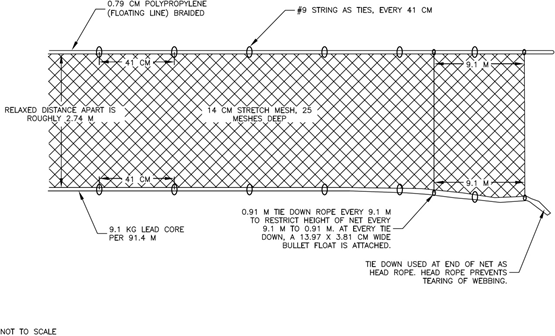Lately, I have been seeing numerous sewists make their very own underwear, and it’s really inspiring me-however there’s one element that I don’t want to include in my me-made underwear: elastic.
If you’ve ever made underwear before, you probably know that many ending methods for the legholes and waistline embody elastic, either fold-over elastic, picot, or even braided elastic encased in fabric. I don’t learn about you, but none of my prepared-to-put on underwear have elastic within the legs-and generally they don’t within the waist either. That is the kind of underwear I like best.

So, where does this depart me? I’m not a fan of elastic in my underwear because it feels too restrictive, however I wish to make my own underwear. That is where knit bands come into play for me. I’m going to show you how you can swap elastic for a knit band to complete your underwear!
You’ll Need:
– Fabric
– Pattern
– Tape measure
– Ruler
– Extra paper
– Pencil
Learn how to Draft and Sew a Knit Band
Let’s do that.
Ensure that your fabric meets the stretch requirements said within the sample you’re utilizing. I’m making the Sophie Hines Median Knickers sample, and it requires 50%-75% stretch.
If you’re utilizing a Seamwork sample, it includes a stretch information to help you see if the fabric you need to make use of has enough stretch in it. Listed here are some Seamwork patterns you can use:
– The Geneva panties are a basic choice, particularly if you’d like to make use of stretch lace.
– The Kaye shorts are perfect for biker-short style underwear.
– The Dana underwear would work nicely with a knit band instead of elastic.
– The new (and free!) Flo interval underwear. You can also make these without the absorbent fabric if you want to make a comfy pair of everyday underwear.
Cut your sample out and sew collectively all the basic pieces. Here is my constructed garment apart from the leg holes and waist.
Measure the leg opening and waistline that will help you decide how lengthy your knit bands should be. My leg holes turned out to be 27 1/2 inches, and my waist is 34 1/2 inches. Next, I should do some math.
Ugh, math!? I know-it’s not my favourite, however we bought this!
You need some math because in case you minimize the knit band the same length because the leg hole or waistline, it won’t have the stretch to mimic the elastic finish. You need to seek out the right amount of detrimental ease for your knit band to stay in place and match securely-but comfortably-to your physique.
I consulted with Wallis, our patternmaker-and the queen of knits-right here at Seamwork, and she suggested me to comply with a easy equation when making knit bands for closures. Make the knit band 90% of the whole circumference of the opening.
I need to emphasise that 90% is a suggestion and a great place to start! Depending on your fabric’s recovery, it’s possible you’ll need to do some testing to get the fitting circumference. You possibly can always baste your band to your underwear to examine the match first.
So, since my leg gap is 27 1/2 inches, my equation is: 27.5 x .9 = 24.75. I minimize my leg bands at 24 3/4 inches.
My waist measured 34 1/2 inches, my equation is: 34.5 x .9 = 31. I minimize my waistband at 31 inches.
I would like my bands to be a bit wider, so I minimize them 2 inches large, but you can make them a bit narrower or wider. Try to not go beneath 1 1/2 inches or over 2 1/2 inches. If you reduce your bands too slim, they may need some extra bulk on the seam allowance. When you lower them too large, you may have issues fitting your gusset.
Sew the two quick ends of your knit band collectively. For those who have any queries concerning in which along with how you can make use of woven elastic band (click through the next article), you can call us from our own site. Press the seam to 1 side. Helpful hint: If you’re using a serger, use only one needle to cut down on bulk when serging.
Press the band in half lengthwise.
With flawed sides collectively, baste the raw edge.
With right sides together, pin the knit band evenly alongside the leg hole. You’ll have to stretch the knit band as you go.
A trick to evenly pinning the band is to mark your band in quarters. Then, mark your leghole and waistline in quarters. Stretch to match the quarter markings and pin in place, evenly distributing the band.
Using a serger or a zigzag stitch, sew the knit band to the underwear at 3/eight inch. Stretch the knit band as you go to ease it in. You can see this in action on this video tutorial for adding a knit band on our YouTube channel.
Press the seam allowance in the direction of the underwear and topstitch with a slender zigzag to hold the seam allowance in place.
Now repeat that very same process on your different leg gap and waistband and marvel at the no-elastic undies you just made! Great job!
Taylor Pruitt
UX Designer
Taylor has an eye for design. Because the Product Manager for Seamwork, she needs to ensure your online experiences are fun and pleasing.
